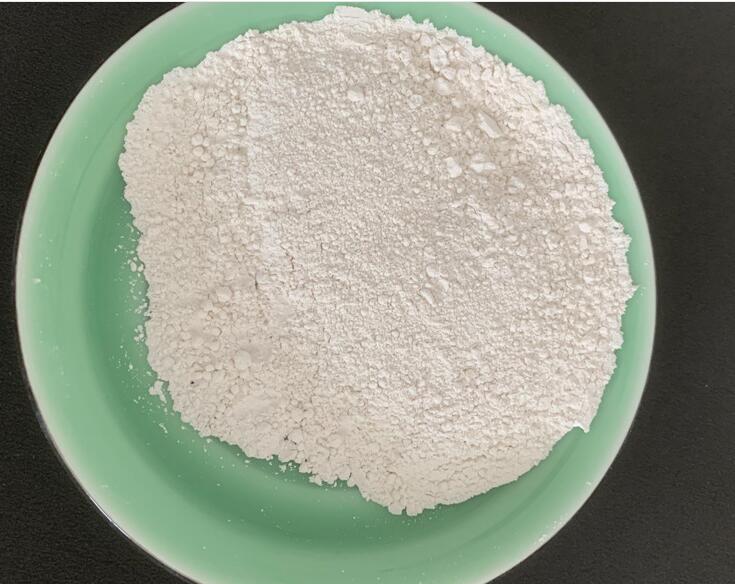Surface treatment technology of magnesium hydroxide: optimizing its performance in polyamide flame retardant applications

When using magnesium hydroxide (Mg(OH)_2) as a flame retardant in polymer materials such as polyamide, surface treatment technology needs to be used to improve its compatibility with the polymer, dispersion and processing properties. This article introduces several effective surface treatment methods and discusses their application in improving the flame retardant efficiency of magnesium hydroxide and the overall performance of the material.
Surface treatment method:
Coupling agent method: Apply silane or titanate coupling agent to enhance the compatibility of magnesium hydroxide and polyamide through chemical bonding and reduce agglomeration. Anionic surfactant method: Use surfactants such as carboxylates and sulfonates to improve the wettability and dispersion of magnesium hydroxide in polymers. Microencapsulation method: Magnesium hydroxide is wrapped in a polymer shell to form microcapsules to control the release of flame retardants and improve material performance. Surface grafting method: Graft polymer chains or organic molecules on the surface of magnesium hydroxide to enhance interaction and dispersion with polyamide. Mechanochemical modification: Physical methods such as ball milling and ultrasonic waves are used to change the surface properties of magnesium hydroxide and increase the specific surface area. Plasma treatment: Use low-temperature plasma technology to introduce functional groups to improve surface energy and compatibility without changing the bulk properties of the material. Choosing an appropriate surface treatment method to modify magnesium hydroxide can significantly improve its application effects in polyamide, including increasing flame retardant efficiency and improving the mechanical properties and processing properties of the material. The selection and optimization of these methods should be based on end application requirements and cost-effectiveness considerations.
As the demand for high-performance flame retardant materials grows, the surface treatment technology of magnesium hydroxide will continue to advance to meet higher flame retardant efficiency and comprehensive material performance requirements. Future research will further explore the synergistic effects of different surface treatment methods and their potential for application in new polymer materials.








